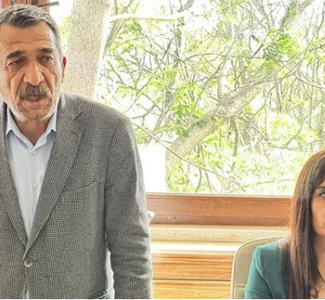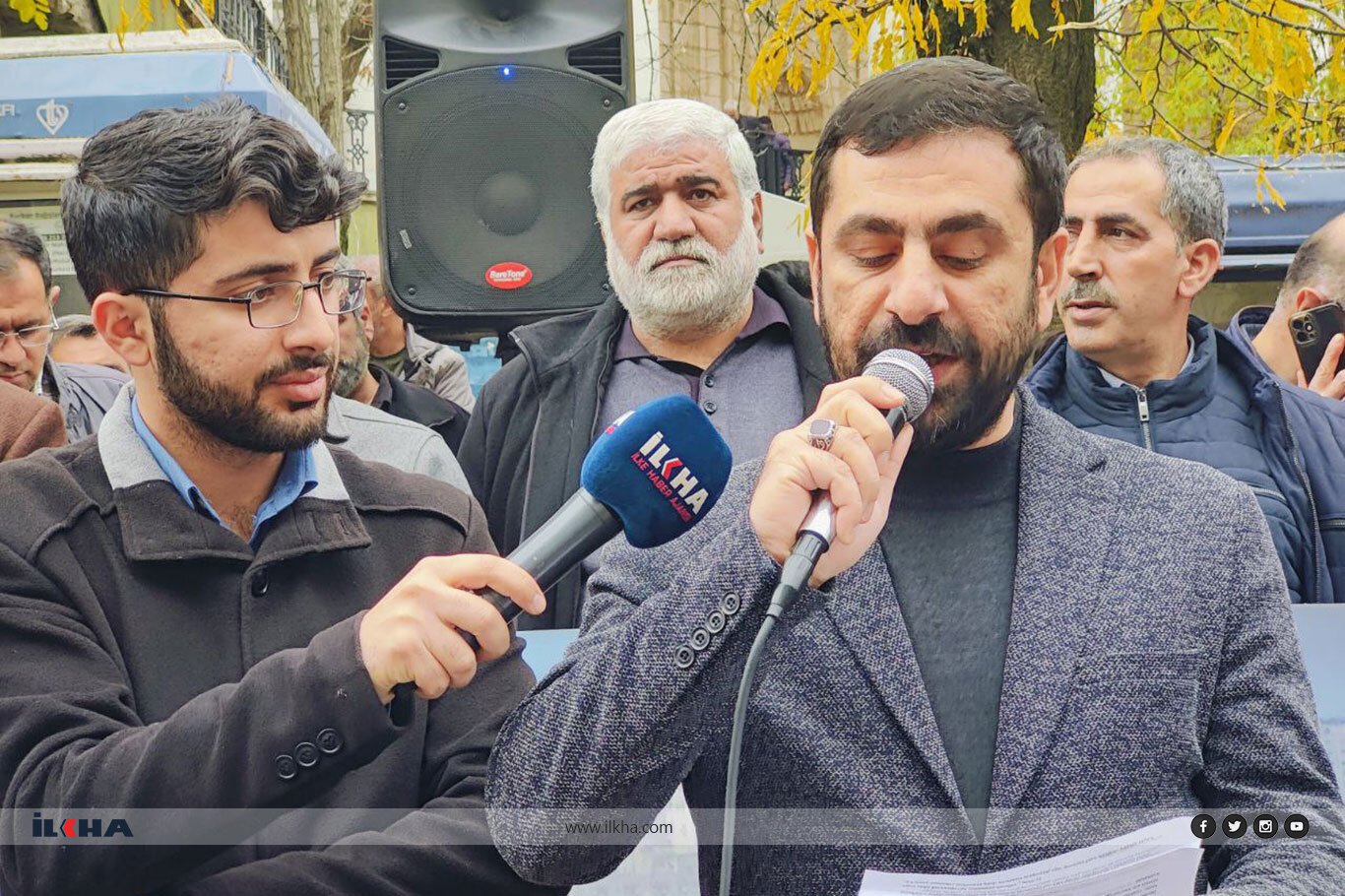The conquest of Diyarbakır: A landmark event in Islamic history
Today marks the 1384th anniversary of the conquest of Diyarbakir, which was conquered by the army under the command of Iyaz bin Ganem on May 27, 639.

 Google News'te Doğruhaber'e abone olun.
Google News'te Doğruhaber'e abone olun. The day when the Islamic armies came before the walls of Diyarbakir is one of the most influential pages in history. Diyarbakir became a city of companions with the conquest and became a fortress of faith. That conquest is as clean as the conquest of Mecca.
Khalifa Umar bin al-Khattab gave the task of conquering Diyarbakir to Iyâz bin Ganm. Iyâz mobilized 8 thousand soldiers to take the city. There were nearly a thousand of companions of the Prophet Muhammed (PBUH) in the army. The siege took a long time. All the attacks were fruitless because of the walls surrounding the city. The siege of the city lasted for five months. On the other hand, Hakem b. Hisham, who was sent by Iyaz to Meyafarkin with some military force, conquered it. Meanwhile, the month of Ramadan began due to Muslims were fasting during siege of city. Khalid ibn al-Walid was the commander of army. One of soldiers was leaving a bread to the commander’s tent. However, Khalid ibn al-Walid couldn’t see the bread after a while. The commander guessed that there isn’t any supply left hence he fasted for three days without eating anything. After three days, he wondered about amount of supplies.
Khalid ibn al-Walid: “Are there any supplies left?”
Soldier: “The supplies are sufficient”
Khalid ibn al-Walid: “So why have not you left a bread in the tent for the last three days?”
Soldier: “I leave a bread as usual.”
As a result, they began to watch inside the tent and they noticed that a dog takes the bread and goes to the castle. They followed the dog and they saw that the animal passes the city walls via a small hole. They agreed to make it bigger and pass to another side. Meanwhile, Süleyman, the son of Khalid ibn al-Walid, and his friends passed from that hole and they were able to open the door of the castle. At least 25 Companions were martyred in the war with the guards to open the Gate of the Castle. These martyrs were buried in the cemetery adjacent to the Süleyman Mosque alongside Suleyman b. Khalid (b. Walid).
After the conquest, the majority of the people embraced Islam voluntarily
After the conquest of Diyarbakır, the weapons of the people were collected. They were treated well. They were not forced to enter the religion of Islam. However, most of the people converted to Islam with their own consent.
When the Islamic armies came before Diyarbakır, it was under Byzantine occupation. Therefore, the conquest of Diyarbakır is not an occupation, but a liberation of the city from the Byzantine occupation. The captive people in the city were saved from the darkness of profanity and cruelty. So, they reached the enlightenment and justice of Islam. There was no great war in front of Diyarbakır.
Forty-one friends of Prophet Muhammad (PBUH) were martyred during clashes around the city. Some companions of Prophet Muhammed stayed in the city for a while. Therefore, there should be more than forty tombs of them. The names of the martyr soldiers, who were written on a table and hung on the wall of the mosque, are as follows: Süleyman b. Hâlid b. Velid (ra), Rıdvan (r.a.), Mes'ûd (r.a.), Beşir (r.a.), Hamza (r.a.), Amr (r.a.), Şu'be (r.a.), Sâbit (r.a.), Zeyd (r.a.), Zeyd (r.a.), Halid (r.a.), Halid (r.a.), Nu'mân (r.a.), Muhammed (r.a.), Muhammed (r.a.), Abdullah (r.a.), Abdullah, Abdullah (r.a.), Hasan (r.a.), Hasan (r.a.), Ka'b-i Zişan (r.a.), Fudayl (r.a.), Mâlik (r.a.), Fahr (r.a.), Ebu'l-Hamd (r.a.), Ebu Nasr (r.a.), Muğire (r.a.).
The importance of Diyarbakır to Islamic history
Diyarbakır, also known as Amida in ancient times, holds great significance in Islamic history due to its historical and cultural importance for the Muslim world. The city is located in southeastern Turkey and has been a center of Islamic civilization for centuries.
Diyarbakır witnessed the spread of Islam in the 7th century when Muslim armies conquered the region. The city became an important stronghold for the early Muslim caliphates and played a crucial role in the expansion of Islamic rule in the region.
Diyarbakır boasts numerous historical landmarks that hold significance for Muslims. The most notable among them is the Diyarbakır City Walls, which were constructed during the Islamic period and still stand as a remarkable architectural achievement. The city is also home to various mosques, such as the Grand Mosque of Diyarbakır (Ulu Cami) and the Fatihpaşa Mosque, which are significant religious sites for Muslims.
Throughout history, Diyarbakır served as a center of Islamic culture, art, and education. It witnessed the flourishing of Islamic scholarship, with renowned scholars, theologians, and poets emerging from the city. Diyarbakır's intellectual contributions and its vibrant cultural heritage have left a lasting impact on Islamic civilization.
Diyarbakır is predominantly populated by Kurds, who are largely followers of Sunni Islam. The city has played a crucial role in shaping the Kurdish Muslim identity and has been a center for Kurdish cultural and religious practices.
Diyarbakır holds significance as a spiritual destination for Muslims. The city has a rich Sufi tradition, with numerous Sufi orders (Tariqas) having a presence in the region. Devout Muslims often visit Diyarbakır to pay their respects to renowned Sufi saints buried in the city's historical cemeteries.
Overall, Diyarbakır's historical, cultural, and religious importance in the context of Islamic history cannot be overstated. It stands as a testament to the lasting impact of Islam on the region and serves as a reminder of the rich heritage of the Muslim world. (ILKHA)



















































